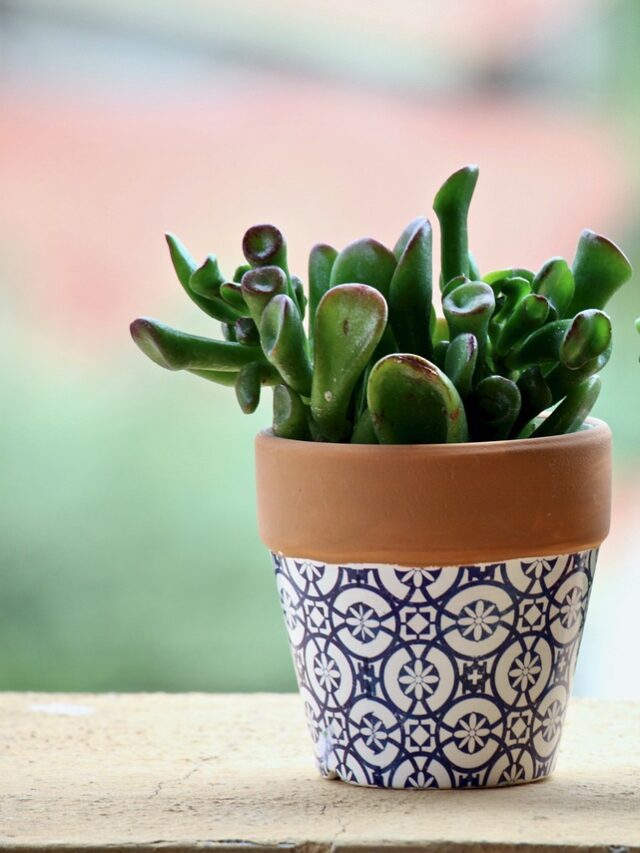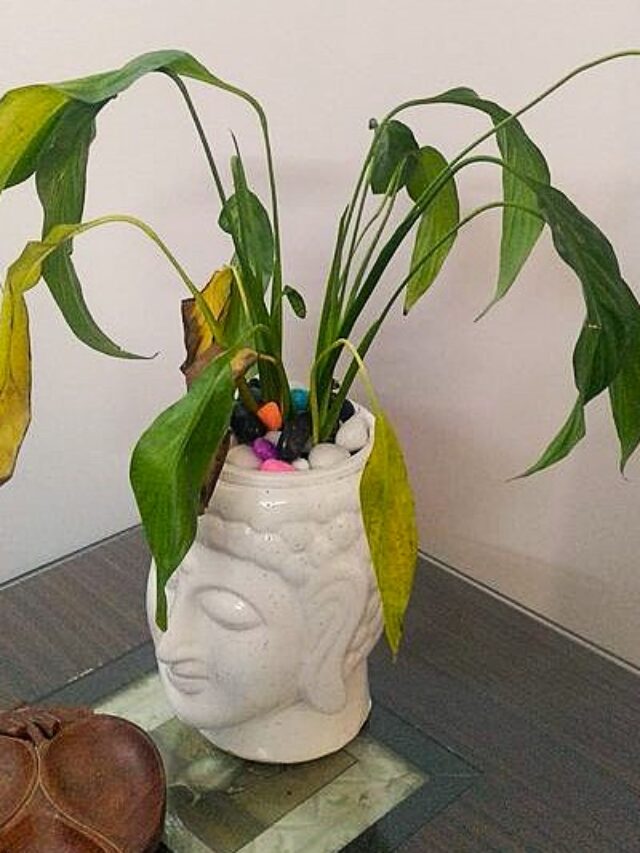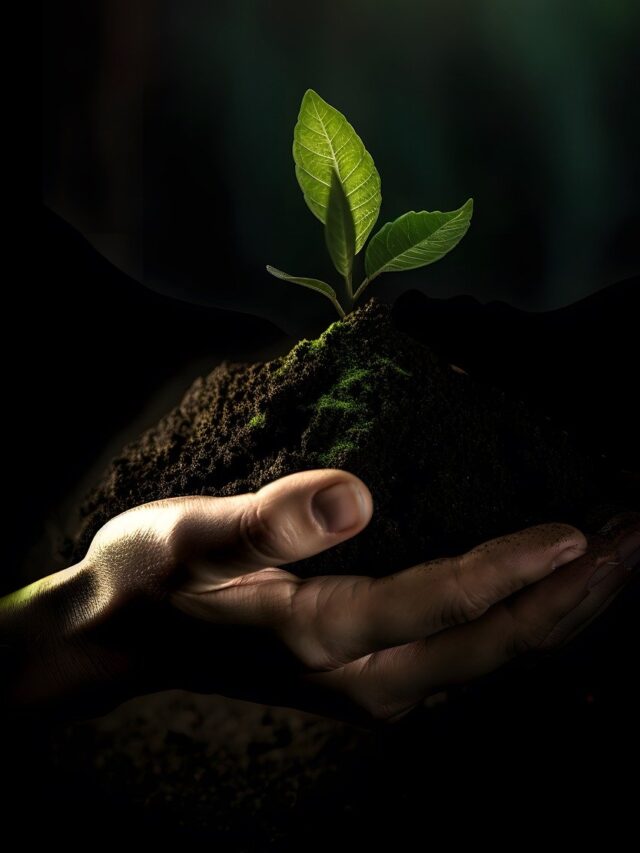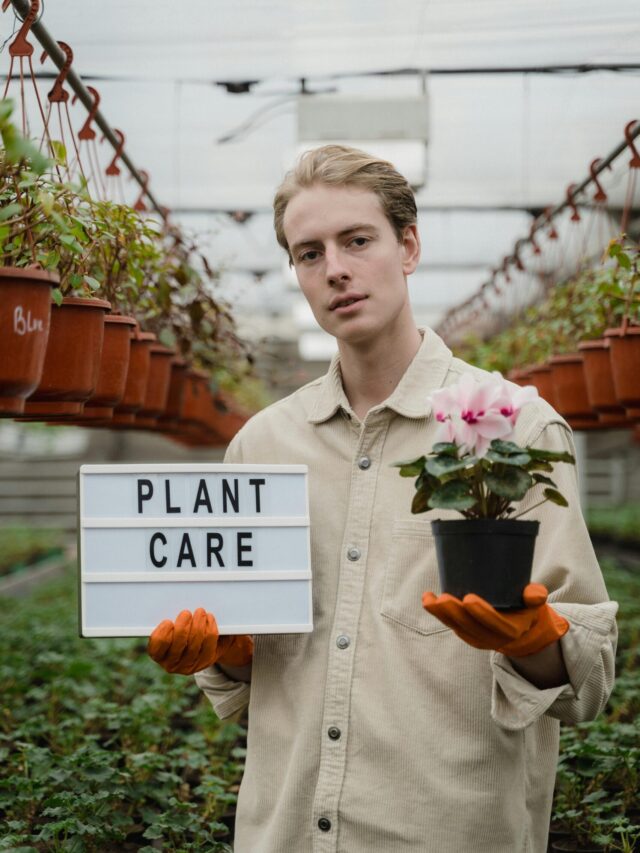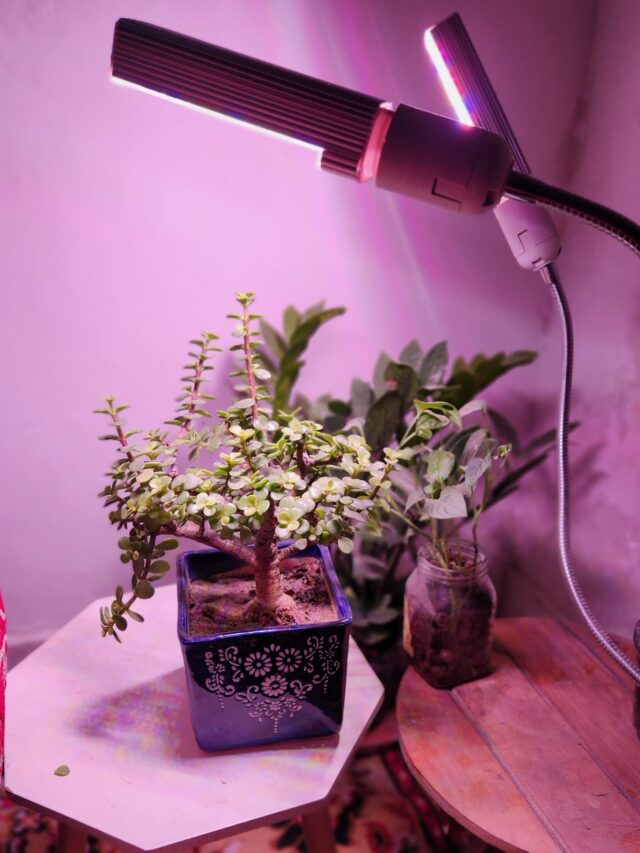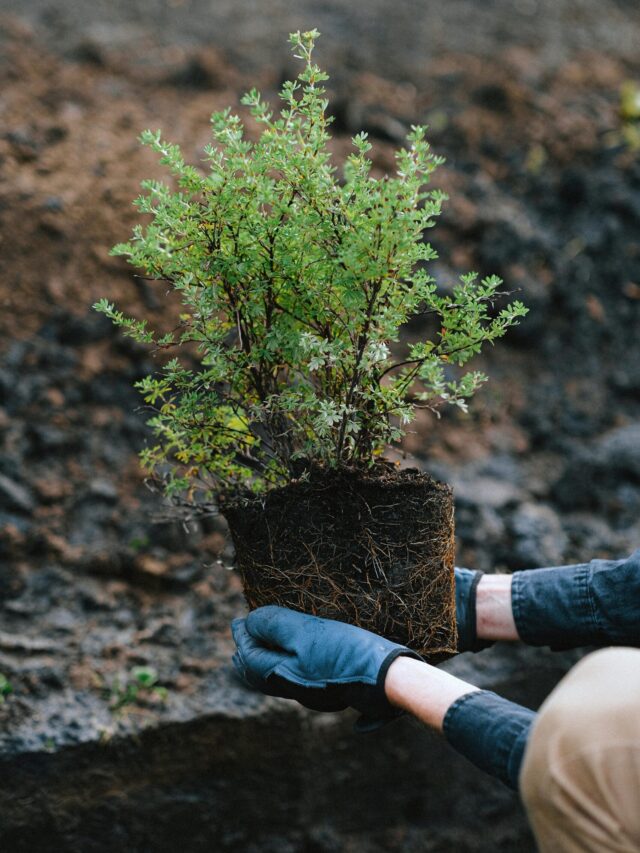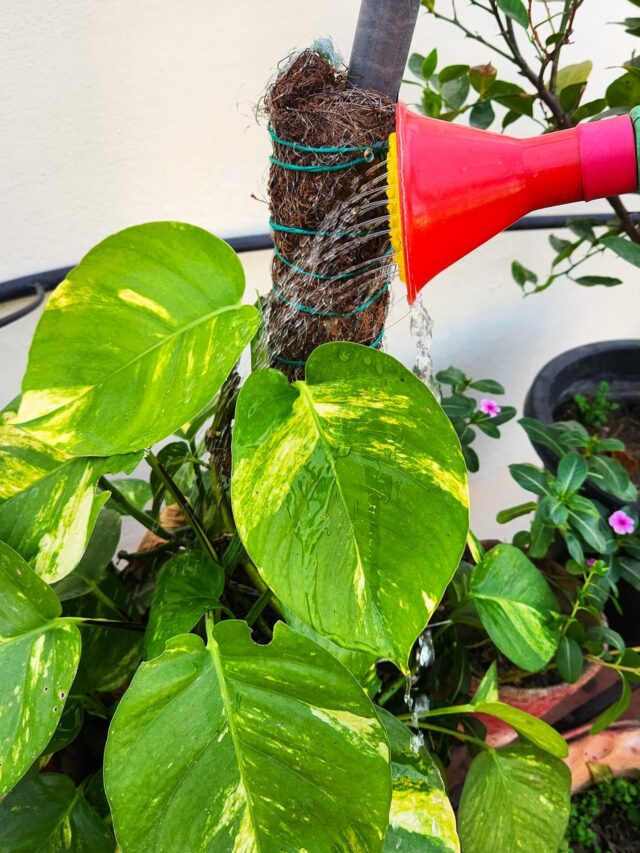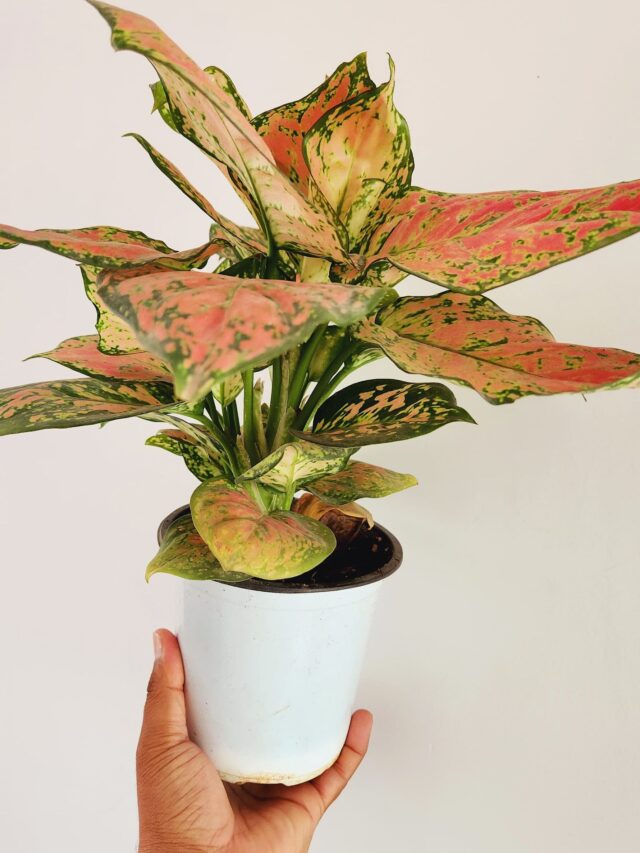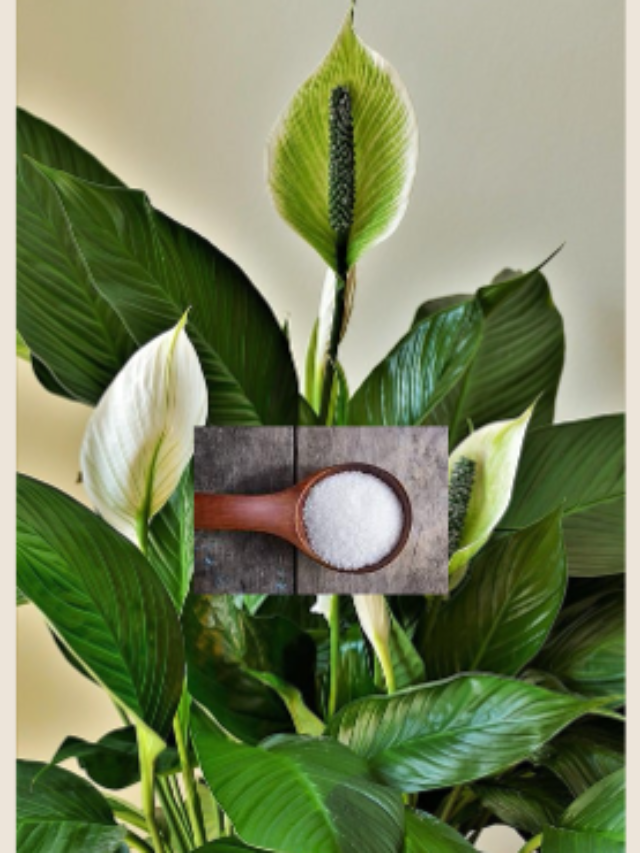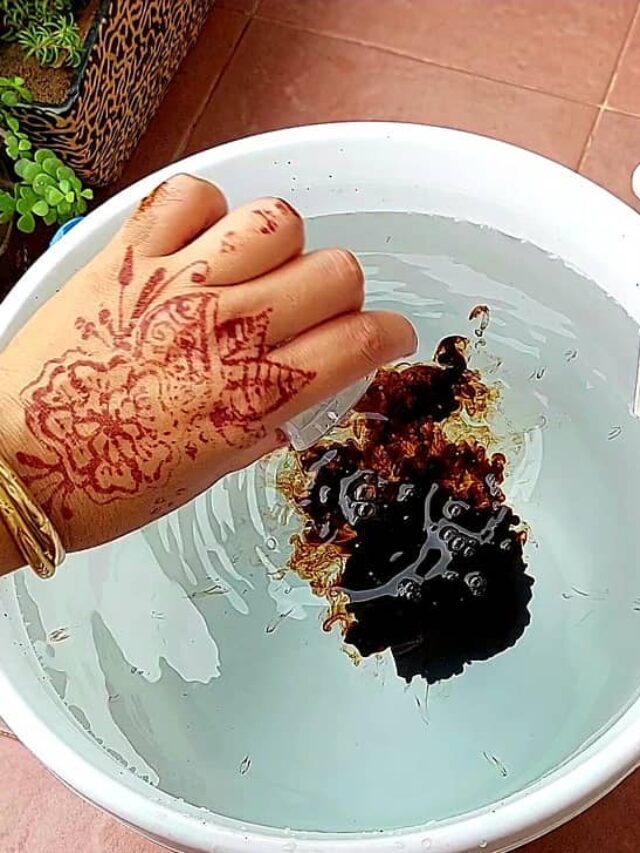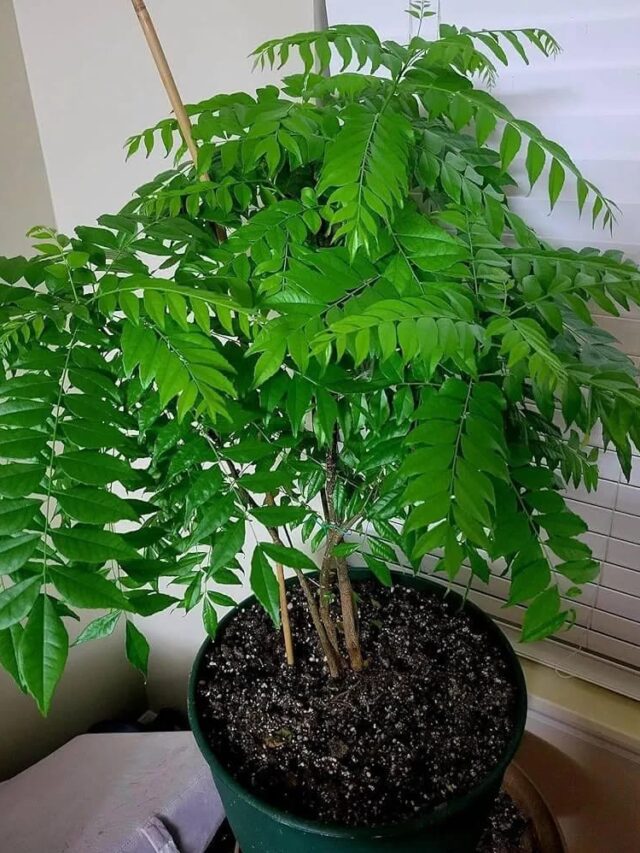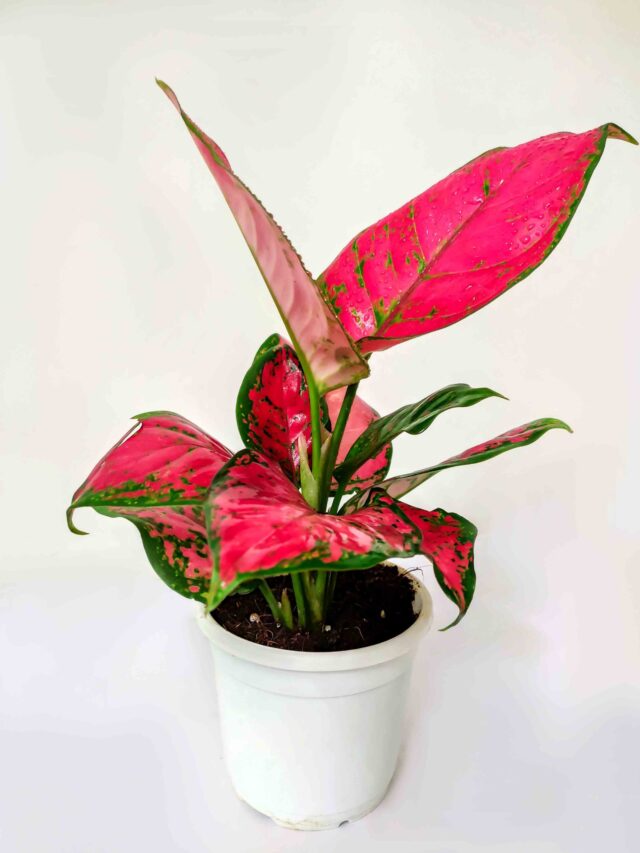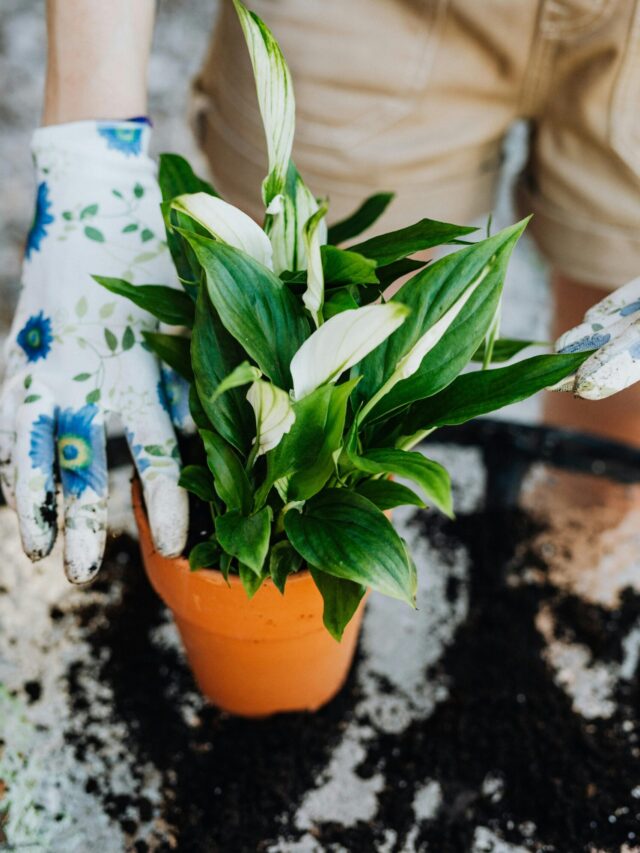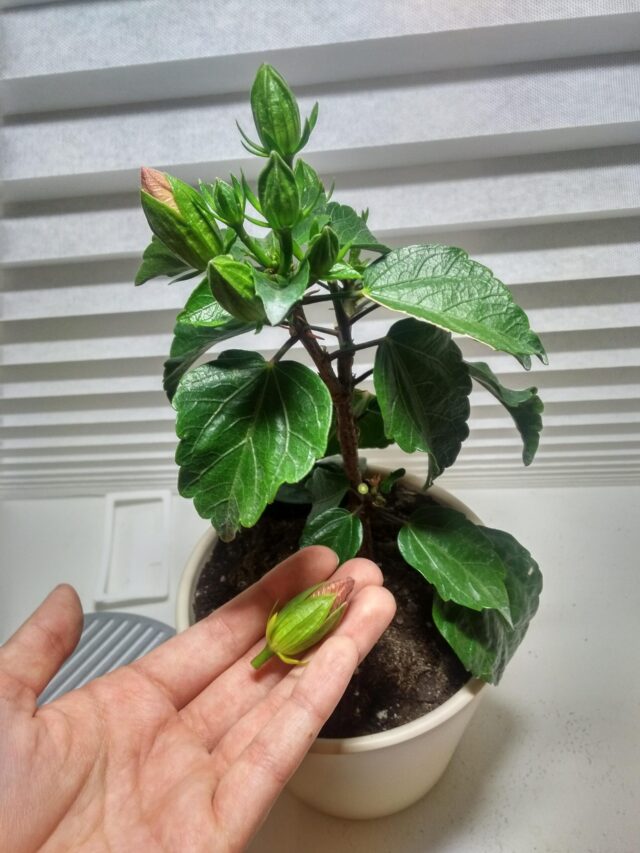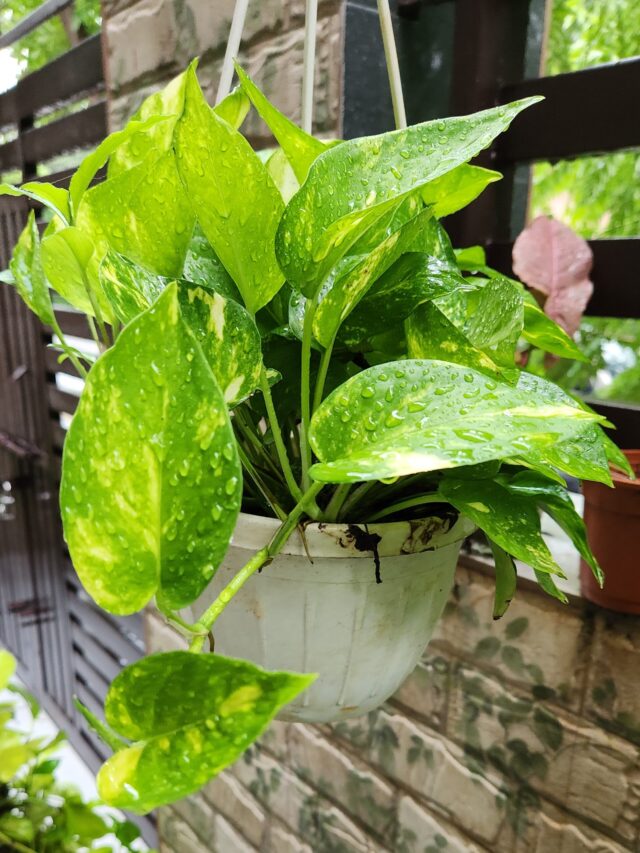What type of pots are best for plants?
Whenever we think of planting at home, the first thing that comes to mind is the pot. Pots are a basic necessity for creating a garden at home. In the current scenario, there is a huge variety of pot types available. Plants can grow in any type of pot, but different efforts are required for each type. Each variety has its own merits and demerits.
So, let’s discuss different types of pots in detail.
1. Clay Pots: Best Pots for Plants
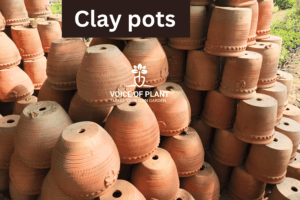
Clay pots are the best pots for the health of plants because air passes through them, providing roots with enough oxygen from the atmosphere. Oxygen, as we all know, plays a crucial role in the process of respiration. Clay pots also absorb water quickly.
In cases of overwatering, excess water may drain through the hole beneath the pot, but the soil may become wet and muddy, taking time to dry.
Clay pots absorb excess moisture from the soil, preventing issues like fungus and green moss on the soil surface, which are common in other types of pots.
Demerit of Clay pots
- The only demerit of clay pots is their fragility; they can break easily and their outer layer may deteriorate over time.
2. Cement Pots
Cement pots are incredibly sturdy with a lifespan of 4-5 years. Though they absorb water, it’s not as much as clay pots. They don’t allow air to pass into the soil, so regular loosening of the soil is necessary.
Despite plants thriving well in cement pots, their heaviness makes them difficult to shift, especially during unfavorable weather conditions. Additionally, when watering plants with water-soluble salt, these salts accumulate on the surface of the pot, affecting its appearance. However, this salt can be easily removed.
Demerits of Cement pots
- The demerits of cement pots include their simplicity and regular appearance.
Which is better clay or plastic pots?
Which pots are best for vegetables?
3. Ceramic Pots
Ceramic pots are highly attractive and can be used both indoors and outdoors as decor items. However, they neither absorb water nor allow air to pass through the soil. Careful consideration is needed when selecting plants for ceramic pots, and precise watering and regular soil loosening are essential. While ceramic pots are heavy like cement pots, they are less delicate. Nevertheless, if dropped, they can still crack. Another downside is their expense.**
4. Plastic Pots
Plastic pots do not absorb water and air cannot pass through their surface. However, drainage holes can be made at the bottom and sides of plastic pots to allow air circulation.
- Regular soil loosening and checking soil conditions before watering are necessary for plastic pots. Plastic pots are lightweight, inexpensive, and durable, making them a practical choice. However, prolonged exposure to sunlight can cause overheating, damaging plant roots. Although plastic pots may develop cracks over time, they remain affordable for replacement.**
In summary, if you prefer decorative pots, ceramic and plastic options are ideal. But for healthy plants, clay and cement pots are recommended. Choose wisely!
This covers the various types of pots.
Thanks
